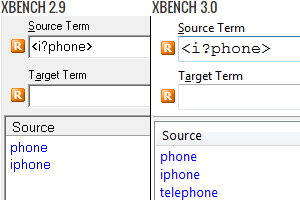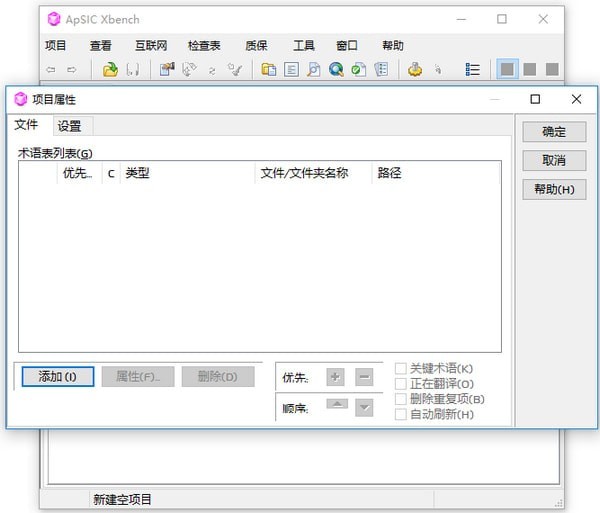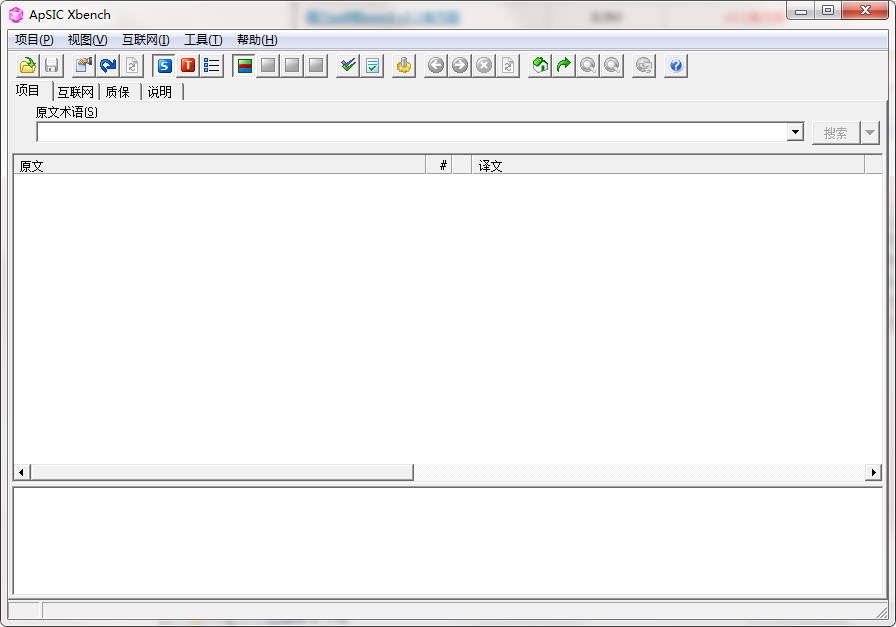

- #APSIC XBENCH FREE DOWNLOAD HOW TO#
- #APSIC XBENCH FREE DOWNLOAD DRIVERS#
- #APSIC XBENCH FREE DOWNLOAD ZIP#
- #APSIC XBENCH FREE DOWNLOAD DOWNLOAD#
For Korean, the Unicode encoding setting caused a problem. If characters are corrupt in the resulting TM, please check the encoding setting of the tab-delimited glossary file. The following shows a sample SDL Trados TM imported from an Xbench-exported TMX file. Now you are ready to import the exported TMX file into SDL Trados. English.) Click " OK." A sample TMX file exported from Xbench In this example, I set Source Language to "KO-KR" (Korean) and the Target Language to "EN-US" (U.S. Please click "." next to the blank box in the Language sub-field to add Source Language or Target Language. Please specify the file name (which will be the file name of the exported TMX), Source Language and Target Language. ApSIC Xbench 3.0 - Plugins and Extensions. I just specified the options under " Output" field above. ApSIC Xbench 3.0 (64-bit Edition) - Build 1562 (Unicode) Download. Please select " Tools > Export Items." The "Export Items" window Now you need to export the glossary entries as a TMX file. If you add the glossry file and then click " Next" in the above figure, ApSIC Xbench will load the glossary entries.


Select the glossary file in tab-delimited text format prepared in Step 1. In the " Add Files to Project" window, please select "Tab-delimited Text File" and then " Next."ģ. In the " Project Properties" window, click " Add." to add files to the project. In this example, the free version was used.) ApSIC Xbench
#APSIC XBENCH FREE DOWNLOAD DOWNLOAD#
Open ApSIC Xbench and create a new project by selecting " Project > New." (If you do not have ApSIC Xbench installed on your system, please visit to download it. It will look like the following: A sample tab-delimited text file. For a glossary in Excel format, simply coping and pasting all entries into a text file will creates a tab-delimited text file. First, please convert a glossary file into a tab-delimited text file.
#APSIC XBENCH FREE DOWNLOAD DRIVERS#
Review Download Comments Questions & Answers (1) Share Trusted Download popular programs, drivers and latest updates easily ApSIC Xbench provides simple and powerful Quality Assurance and Terminology Management in a single package.
#APSIC XBENCH FREE DOWNLOAD HOW TO#
This is a workaround to use a Transit glossary in memoQ.The followings steps explain how to convert a glossary into the SDL Trados 2009/2011 TM using ApSIC Xbench.ġ. Latest version: 3.0.0 See all Developer: ApSIC, S.L. Note: When you export your Transit package, this term base is not included. memoQ will now import all the terms from the TXT into your term base and you can use them in your memoQ project. See also Ĭhoose Import as term and choose the language in the drop-down list for source and target language. You must import the columns that contain the source and target terms. In the preview, you see the columns like F0, F1, etc. Now you need to decide what to import from the TXT file. umlauts not properly displayed in the preview. You may need to change the encoding if you see e.g. Click OK if you get a message that it is not Unicode. Navigate to your TXT file that you exported from Apsic Xbench. In Project home > Term bases, create a new term base: Click the Create/use new link. Now go to memoQ, open your project with the imported Transit project. The glossary is now exported as TXT file.Ħ. In the Output section, choose Tabbed Text File. In the tab to select the source and target, choose your source and target language. You need to select in the Add Glossary dialog All files to see the TXE file. Go to the folder where you have the TXE file. Choose TBX/Martif Glossary from the options.Click Next. Note: Please check for the free version to download.Ĥ. There is a tool Apsic Xbench, you can download it from here: They might be in subfolder with long number and characters in the folder names.ģ.
#APSIC XBENCH FREE DOWNLOAD ZIP#
Right-click and choose your usual ZIP program.Ģ. Here is a workaround suggestion to import terms from a Transit package into memoQ in using an external tool:ġ.

Importing a glossary from a Transit package into memoQĭescription: when you import a Transit package (in the Help, you find info on Transit package import options: ), you cannot import the terminology from the Transit package.


 0 kommentar(er)
0 kommentar(er)
